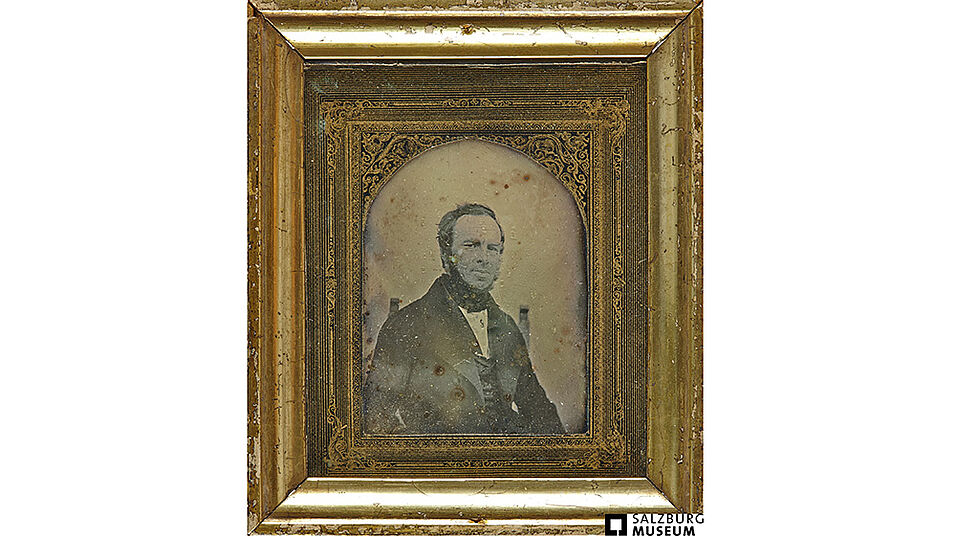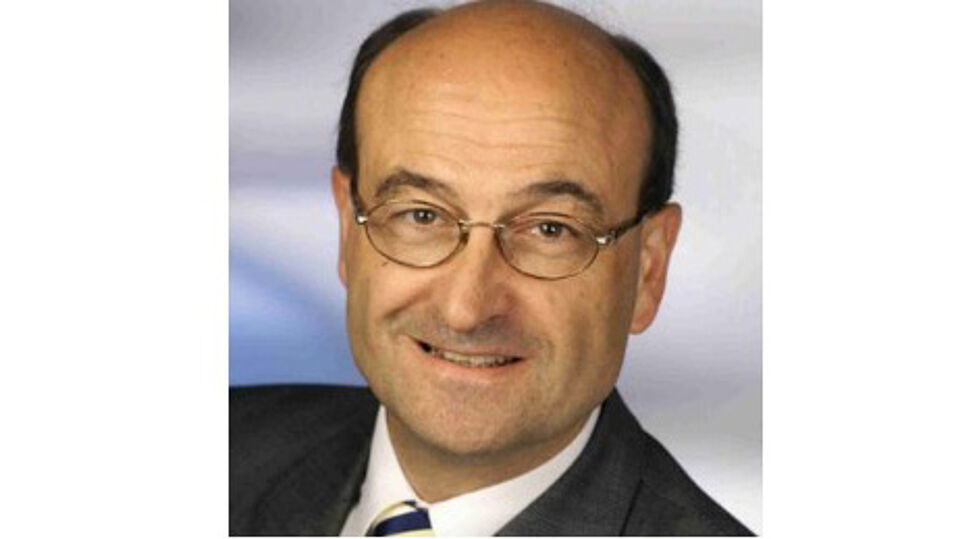Between science, technology history and art
In November 2021, the research project Pheletypia was launched. Natural science, the history of technology and artistic research are intertwined in an interdisciplinary way: Wolfgang Kautek from the Institute of Physical Chemistry at the University of Vienna will contribute his expertise in physical chemistry of interfaces and nanotechnology, and the contemporary artist Anna Artaker from the Academy of Fine Arts Vienna will create a series of new artworks based on the research results obtained, which will contribute to the further communication of historical photographic and photo-reproduction techniques. The project is led by Valentina Ljubic Tobisch from the Department of X-ray Center at the TU Vienna.
First development of photography and optics
The first precursors of photography were decisively developed in Vienna. Investigations at the X-Ray Center of the Technische Universität Wien and at the University of Vienna provide a new perspective on the history of technology and art.
They are among the first photographs in existence: The so-called "daguerreotypes" were invented by the Frenchman Louis Daguerre at the end of the 1830s, after which they were significantly further developed in Vienna. They experimented with different chemicals and developed the first precise lenses and cameras.
Now daguerreotypes from this early period are being closely examined at the X-ray Centre of TU Wien. As part of the Pheletypia research project, their atomic composition and structure are being analysed. In this way, new insights are being gained into this phase of development, which is significant for both art history and the history of technology.
Razor-sharp, detailed photographs
"Anyone who thinks that the first commercial photographs from the 1840s must have been washed out and blurred is mistaken. Razor-sharp, detailed photographs have survived from this period," says chemist Wolfgang Kautek.
However, the production process was still extremely complex at that time. Metal plates were used, usually silver-plated copper, which were polished to a high gloss and then vapour-deposited with a halide layer. These plates were pushed into the camera, the lens was opened and the coated plate was exposed directly. Using poisonous mercury vapour, the side-inverted image had to be fixed immediately afterwards and stored behind glass with great care, without touching it. Each of these daguerreotypes was unique - after all, there was no negative that could be duplicated.
Milestone: reproduction through galvanography
However, another milestone was set by the anatomy professor Joseph von Berres at the University of Vienna as early as 1840. By etching daguerreotype plates, he succeeded for the first time in reproducing photographs through subsequent printing. This etching technique is still largely unexplored and is also one of the central issues of Pheletypia.
X-ray diffractometry
X-ray diffraction (XRD) not only allows the atomic composition of the exhibits to be examined in detail, but it is also possible to elucidate the lattice structures. It is particularly interesting to see whether iodine, chlorine, bromine or certain mixtures of these were used in the then newly invented photosensitive coating. The choice of suitable chemicals was an important research topic at the time in improving the initially low light sensitivity of the daguerreotype plates.
At the same time, optics were also developed further in the 1840s: The first daguerreotypes still used very simple lenses. It was quickly recognised that there was a need for improvement here. The mathematics professor Josef Petzval at the University of Vienna took on this task and developed the first calculated lens, which was then produced by the Viennese optician Voigtländer and marketed worldwide together with the Voigtländer camera at that time.
Publications:
Valentina Ljubic Tobisch and Wolfgang Kautek. "Highly Photosensitive Daguerreotypes and Their Reproduction: Physico-Chemical Elucidation of Innovative Processes in Photography Developed around 1840 in Vienna." ChemPlusChem 84, no. 11 (November 30, 2019) 1730–1738. https://doi.org/10.1002/cplu.201900467.
Valentina Ljubić Tobisch and Wolfgang Kautek. "Die Daguerreotypie zu Beginn der 1840er Jahre in Wien: Eine Rekonstruktion von neu entwickelten Verfahren am Beispiel einer geätzten Daguerreotypieplatte aus dem Technischen Museum Wien", Papers in Conservation (Restauratorenblätter) 37 (2020) 147–61.




